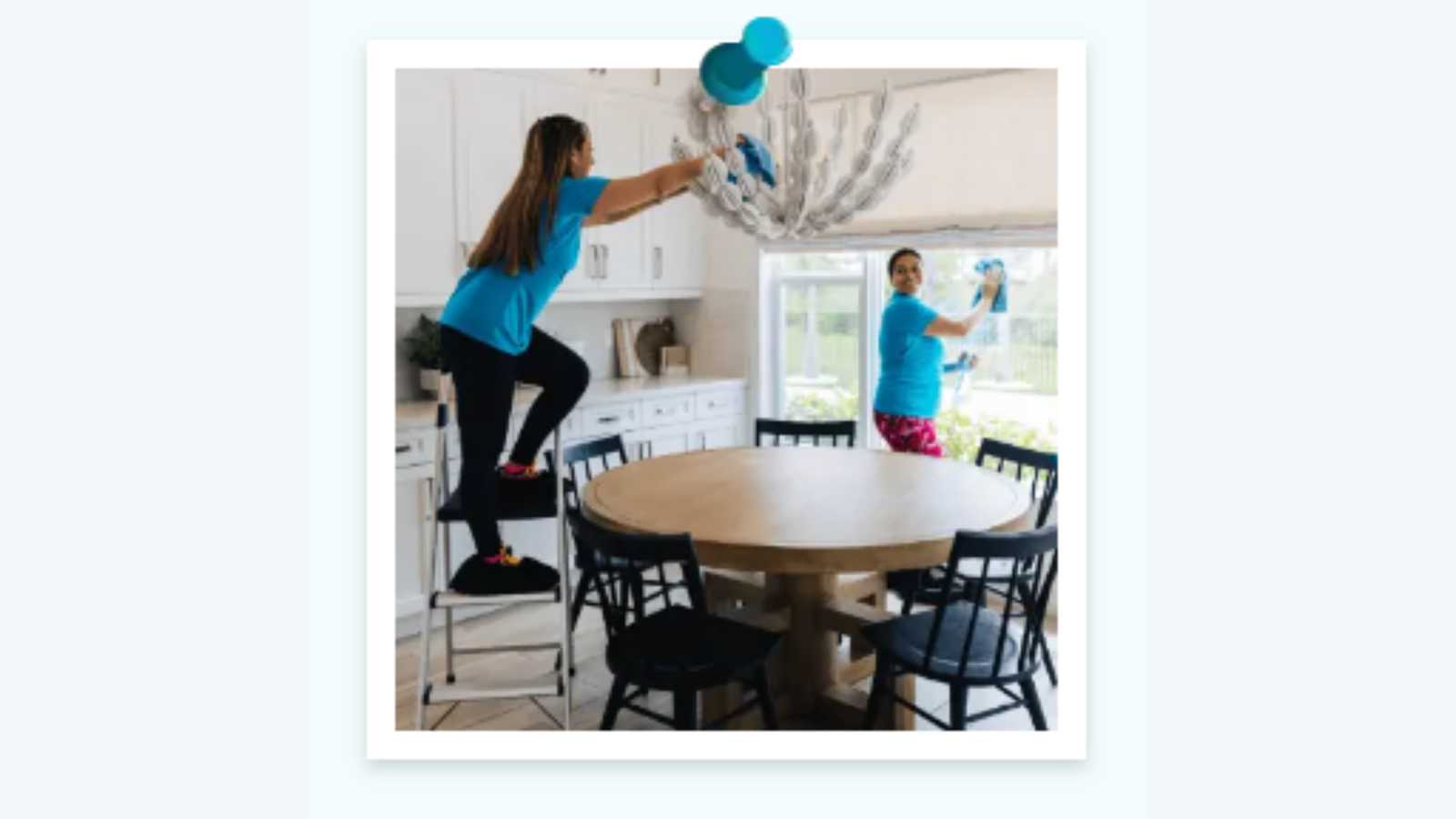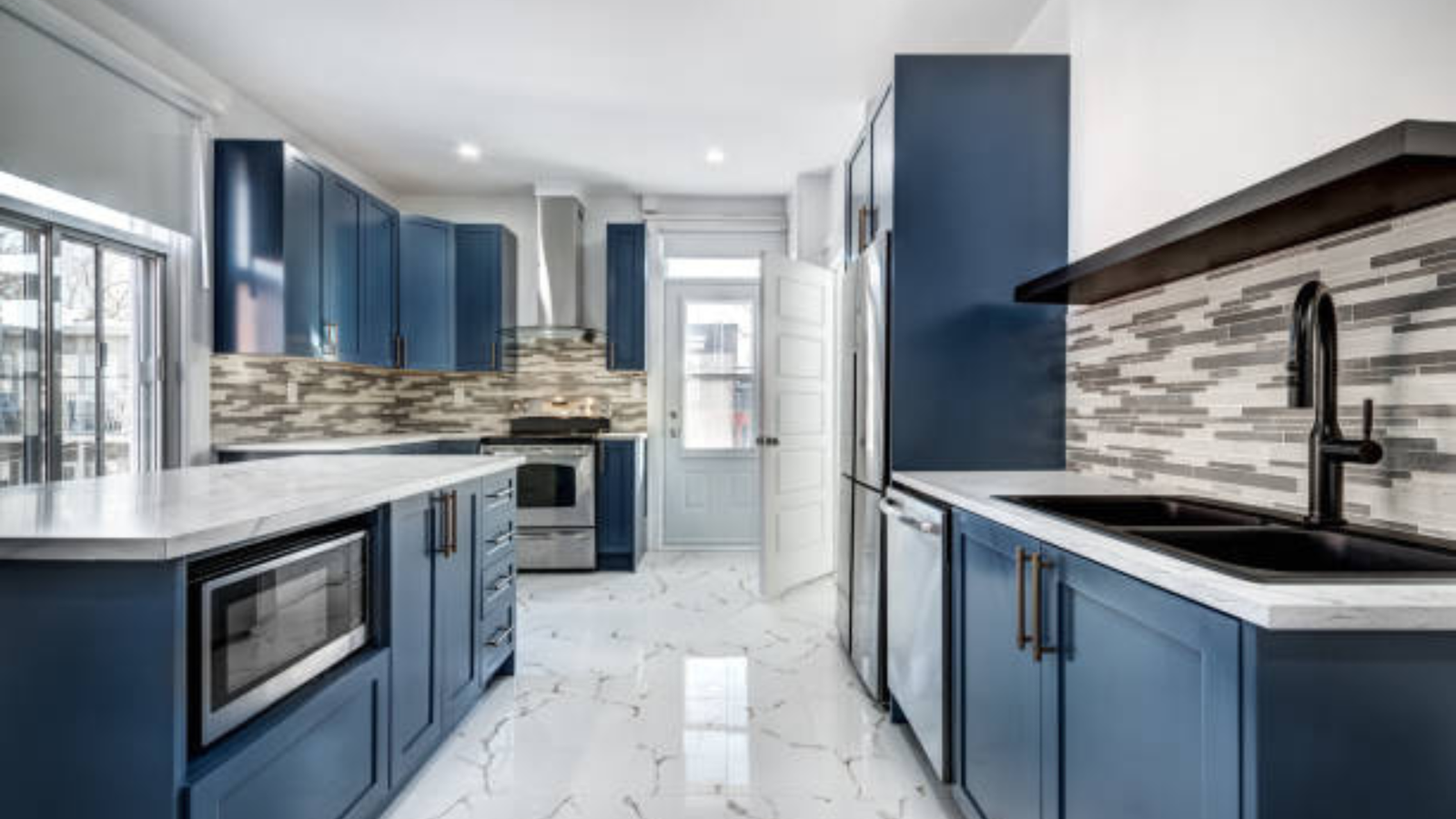The abaya or hijab , a traditional and stylish garment worn by Muslim ladies, has been a staple of modest style for hundreds of years. Originating within the pre-Islamic period in Arabia, the abaya has advanced over the years to come to be an image of modesty, piety, and cultural identification. This e-newsletter delves into the records and importance of the abaya, exploring its evolution, diverse patterns, and the cultural context in which it is worn.
History and importance
The abaya is a protracted, flowing robe that covers the body from head to toe, leaving the face and palms most effectively uncovered. Its origins may be traced again to the pre-Islamic length in Arabia, in which girls wore comparable clothes as a form of safety from the cruel barren region elements. Those clothes, called khimars or hijabs, are normally made from thick, coarse fabric that supplies each other and provides insurance and safety from solar and sand.
In the course of the early years of Islam, the abaya persisted in being worn as a sensitive garment, but its significance started to shift. Within the Holy Quran, it’s far stated that Muslim males and females ought to dress modestly, overlaying their bodies and avoiding something that might be taken into consideration sexually beautiful. As an end result, the abaya was here to be seen as a symbol of modesty and piety, as well as a way for women to defend themselves from unwanted interests.
Evolution and patterns
Through the years, the abaya has advanced to contain various styles and designs. Traditional abayas are commonly black and may both be a massive square of material draped from the shoulders or head or a protracted caftan. Current models are regularly cut from mild, flowing fabrics like crêpe, georgette, and chiffon, and might feature difficult embroidery or other forms of embellishment.
Cutting-edge abayas are available in a wide variety of styles, together with open-front, closed-the-front, and draped designs. They can be worn with an expansion of add-ons, which include scarves, headscarves, and jewelry, to add a touch of beauty and class. The abaya isn’t restricted to conventional designs; it has also been stimulated with the aid of current style traits, incorporating elements like sequins, beads, and other ornamental elements.
Contemporary significance
The abaya has emerged as a style advertisement in recent years, with many designers incorporating abaya-stimulated designs into their collections. The abaya is not constrained to conventional designs; it has advanced to encompass contemporary and modern patterns that cater to the diverse tastes and choices of Muslim girls.
The abaya is a timeless and fashionable get-dress code that has been an integral part of Muslim women’s apparel for centuries. Its significance extends beyond its sensitive use as a garment, serving as an image of modesty, piety, and cultural identity. The abaya has advanced over time to comprise diverse styles and designs, making it a versatile and elegant preference for Muslim ladies around the world.
The Latest Trends in Abaya Fashion
Pearls and gildings
One among the biggest traits in fashion is using pearls and different elaborations. Designers are incorporating pearls into their designs, creating stunning and beautiful abayas which are perfect for unique activities. Those embellished abayas aren’t only beautiful but also a reflection of the wearer’s private style and creativity.
Blush and Pastel Tones
Whilst black will always be a traditional coloration for abayas, many girls are opting for lighter and more feminine sun shades. Blush and different pastel tones are becoming an increase, especially as we method the hotter months. Those tender and sensitive colors are best for developing a romantic and stylish look.
Fringe and Tassels
Another trend that is making waves in this garment style world is using Abaya and tassels. Designers are adding those playful and pleasing details to the sleeves, hems, or even the lower back of abayas. This trend is perfect for people who want to make a formidable style announcement, even nevertheless keep a modest and stylish look.
Belted Abayas
Many women find it convenient and flattering to put on abayas that are belted. This style gives the garment a bit more form and lets in for more movement. Belt sizes and thickness can range relying on the shade or fabric of the dress, bearing in mind a number of looks and styles.
Pockets
Pockets are not only practical but also a trendy addition to abayas. Many designers are incorporating wallets into their designs, permitting ladies to stash their essentials without sacrificing fashion. This fashion is perfect for busy women who want to keep their hands unfastened even as, nonetheless searching, chic and positioned-collectively.
Prints and patterns
While formidable, colorful prints will usually have their region in abaya style, many designers are moving towards greater minimalistic and current prints. Geometric styles and diffused designs are becoming more and more famous, allowing ladies to exploit their non-public fashion even as they maintain a modest and elegant look.
Modern Silhouettes
Subsequently, many young girls are embracing the fashion of the present day and unexpected silhouettes in style. These non-traditional designs frequently feature precise cuts, colors, and fabrics. At the same time as they’ll seem unusual before everything, these abayas are a reflection of the changing attitudes toward modest fashion and the preference for extra diverse and inclusive patterns.
This garment has come a protracted way from its traditional roots. Today, it’s far from a style announcement that permits ladies to specify their private fashion, even as, nonetheless, keep a modest and elegant appearance. From pearls and embellishments to modern silhouettes and prints, there’s an abaya style for every female. Whether or not you decide on classic black or formidable and cutting-edge designs, there has never been a greater time to explore the arena of abaya fashion.
| Read More : Quora |
The Best Materials for Abayas
Abayas are a vital part of conventional Muslim garb, imparting modesty and splendor to the wearer. The desire for fabric for an abaya is critical, as it may drastically affect the general consolation, fashion, and durability of the garment.
1. Nidha (Nada)
Nidha, additionally called Nada, is taken into consideration the nice cloth for abayas due to its luxurious and smooth texture. Made entirely of polyester, it’s far better for warm climate and gives outstanding consolation. Nidha abayas are recognized for excellent performance and are frequently used in high-stop designs.
2. Crepe
Crêpe fabric is another famous choice for abayas. It’s miles lightweight, breathable, and has a gentle, smooth texture. Crêpe abayas are perfect for informal wear and are often favored for his or her comfort and ease of preservation.
3. Linen
Linen is a natural cloth crafted from flax flowers and is thought for its durability and breathability. It is an exceptional choice for abayas, particularly for folks that prefer a greater informal and secure style. Linen abayas are ideal for a hot climate and are also appropriate for every day putting-ons.
4. Silk
Silk is a highly-priced cloth that is frequently used for precise events. It has a smooth, lustrous texture and is thought for its beauty and sophistication. Silk abayas are excellent for formal occasions and are frequently paired with difficult embroidery and different ornamental factors.
5. Satin
Satin is a high-quality material that is known for its easy, sleek texture. Its miles are regularly used for formal abayas and are best for special activities. Satin abayas are lightweight, cozy, and offer an air of elegance and sophistication.
6. Chiffon
Chiffon is a light-weight, flowy cloth that is often used for formal and semiformal abayas. It is understood for its mild, delicate texture and is excellent for creating a romantic and stylish appearance. Chiffon hijab are ideal for unique activities and are regularly paired with tricky embroidery and different ornamental elements.
7. Georgette
Georgette is a lightweight, semi-sheer fabric that is regularly used for abayas. It’s more regarded for its tender, smooth texture and is ideal for developing a fashionable and elegant appearance. Georgette hijab are ideal for informal wear and are regularly desired for their comfort and ease of preservation.
8. Cotton
Cotton is a herbal fabric that is acknowledged for its breathability and luxury. It is an exceptional preference for abayas, specifically for folks who decide on a more informal and cozy fashion. Cotton hijab are perfect for ordinary put-ons and are regularly favored for his or her ease of renovation.
9. Polyester
Polyester is an artificial material that is recognized for its sturdiness and ease of protection. It’s far more frequently used for it, especially for people who select a more informal and comfy style. Polyester hijab are best for ordinary put ons and are frequently preferred for his or her comfort and practicality.
10. Jersey
Jersey is a light-weight, stretchy fabric that is regularly used for it. It’s far from recognized for its gentle, smooth texture and is ideal for creating a relaxed and stylish look. Jersey abayas are best for informal wear and are regularly favored for his or her ease of maintenance.
Selecting the proper fabric for this garment is crucial for each consolation and fashion. Each clothing has its precise features and advantages, and its own excellent preference will rely upon private preference, occasion, and climate. By way of considering those factors, you could select the excellent fabric for your abaya and make certain that it meets your wishes and expectations.
The Benefits of Abaya in Islamic Context and Values
A conventional garment worn by by Muslim girls, holds enormous importance in Islamic context and values. It is a symbol of modesty, piety, and cultural ancient beyond, reflecting the Islamic concepts of modesty and humility. In this text, we can find out the blessings of the abaya in Islamic context and values, highlighting its features in promoting modesty, faith, and cultural identification.
Modesty and Piety
This garment is a key factor of Islamic modesty, as it covers the frame from head to toe, leaving the face and hands pleasant. This garment is an immediate-mirrored image of the Islamic precept of modesty, which emphasizes the significance of protecting one’s body to avoid any form of immodesty or indecency. The abaya serves as a bodily manifestation of this principle, making sure that girls dress modestly and avoid drawing interest in themselves.
Religion and spiritual increase
This is also an image of religion and a non-secular boom. Via carrying the abaya, Muslim women display their dedication to their faith and their preference to keep an existence of modesty and piety. The hijab serves as a reminder of the importance of religion and the need to get dressed modestly, as it is a bodily example of the Islamic values of modesty and humility.
Cultural identity
This garment is an indispensable part of Muslim subculture and identification. It’s a traditional garment that has been worn by many of Muslim ladies for many years, and its importance extends beyond its realistic use as a garment. The abaya is a photograph of cultural background and identification, reflecting the rich cultural traditions and values of the Muslim community.
Safety and luxury
Moreover, offers protection and comfort for Muslim women. In hot climates, the abaya serves as a protecting garment, protecting the frame from the sun and warmth. In addition, the hijab is regularly a product of light-weight and breathable cloth, making it a relaxed garment to put on.
This is a garment that holds great significance in Islamic context and values. It’s a photo of modesty, piety, and cultural heritage, reflecting the Islamic ideas of modesty and humility. The abaya serves as a physical manifestation of those standards, making sure that girls dress modestly and keep away from drawing attention to themselves. It’s a reminder of the importance of faith and the need to live a life of modesty and piety.
Embracing the Best of Both Worlds: Modern Abayas Incorporating Western Fashion Trends
Present day abayas are heavily prompted by using global fashion trends, incorporating precise cuts, shapes, and information that undertakes traditional norms. Designers are taking proposals from Western silhouettes and incorporating them into their designs, creating a fresh and innovative appearance that appeals to a younger, extra style-aware demographic.
Experimenting with coloration and prints
Whilst black has long been the dominant color for abayas, contemporary designs are embracing a much wider variety of colorations and prints. From formidable, colorful colorings to sensitive pastels, hijab are actually available in a ramification of sun shades that cater to one-of-a-kind nonpublic styles and choices. Floral prints, geometric styles, and summary designs also are becoming increasingly popular, adding a touch of beauty and class to the garment.
Incorporating Western elements
Modern abayas aren’t pretty much incorporating Western fashion traits; they’re also about adapting them to suit the needs and preferences of Muslim women. Many designers are incorporating Western elements such as denim, lace, and sequins into their designs, developing a unique and fascinating look that is each stylish and modest.
Embracing Versatility
One of the most attractive elements of present day hijab is their versatility. These garments can be dressed up or down depending on the occasion, making them appropriate for a huge range of occasions and settings. Whether paired with denims and shoes for an informal look or a sequined robe for a glamorous occasion, modern abayas offer countless possibilities for self-expression and style.
Empowering Muslim ladies
The rise of cutting-edge garment has also empowered Muslim women to embrace their religion and lifestyle at the same time as nonetheless expressing their individuality and private fashion. By incorporating Western fashion trends into their abaya designs, designers are sending an effective message that modesty and style are not jointly unique. This has given Muslim girls the confidence to wear their hijab with delight and to experience the stunning and confidence of their own skin.
The modern abaya is a testament of the power of style to go beyond cultural obstacles and produce human beings together. By embracing international impacts and incorporating Western trends into their designs, designers are growing garments that attraction to a huge variety of women and that commemorate the variety and richness of Muslim culture. As this garment keeps adapting and adapting to converting instances and tastes, it’s miles clean that this timeless garment will continue to be a loved and enduring symbol of modesty, religion, and fashion for generations to return.
Read More : Rupp Rafters











